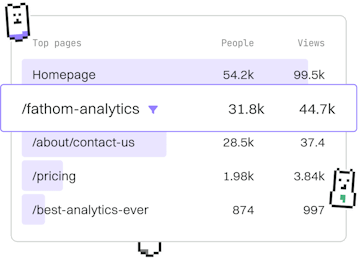Basics
Python Booleans
Python Boolean Values
Python booleans use and, or, not, with truthy/falsy evaluations.
Introduction to Booleans in Python
Booleans are a fundamental data type in Python, representing two values: True and False. These values are integral to controlling the flow of programs and are used in conditional expressions and loops.
Boolean Operators: and, or, not
Python provides three logical operators for boolean operations: and, or, and not. These operators allow you to combine boolean expressions and control program logic.
Using the 'and' Operator
The and operator returns True if both operands are true. Otherwise, it returns False.
Using the 'or' Operator
The or operator returns True if at least one operand is true. If both are false, it returns False.
Using the 'not' Operator
The not operator inverts the value of a boolean expression. If the expression is true, not makes it false, and vice versa.
Truthy and Falsy Values
In Python, values other than True and False can evaluate to a boolean. These are known as truthy and falsy values. Python considers the following as falsy:
NoneFalse00.0''(empty string)[](empty list){}(empty dictionary)
All other values are considered truthy. This feature is often used in conditional statements to simplify code.
Practical Example: Conditional Statements
Boolean expressions are commonly used in conditional statements to control the program flow. Here's an example:
Basics
- Introduction
- Installation
- Running Code
- Syntax
- Variables
- Data Types
- Numbers
- Strings
- Booleans
- Type Conversion
- Operators
- Ternary Operator
- If Else
- Match Case
- While Loops
- For Loops
- Lists
- Tuples
- Dictionaries
- Sets
- Comprehensions
- Functions
- Arguments
- Scope
- Errors
- Debugging
- String Formatting
- Security Basics
- Best Practices
- User Input
- Built-in Functions
- Keywords
- Previous
- Strings
- Next
- Type Conversion
